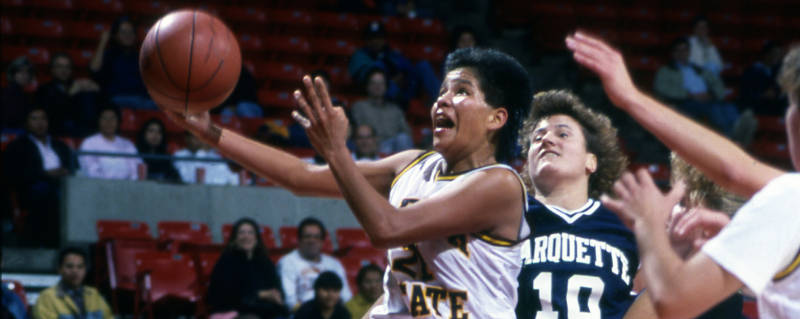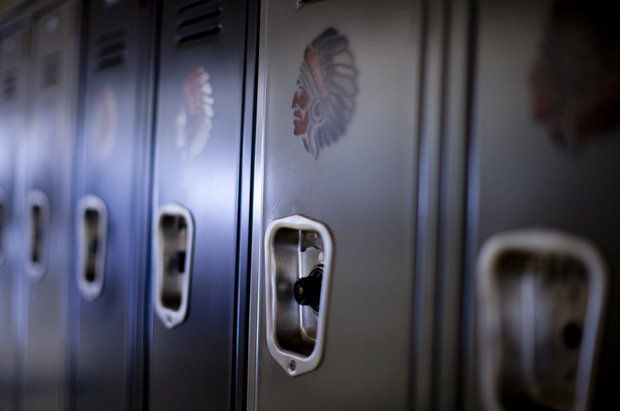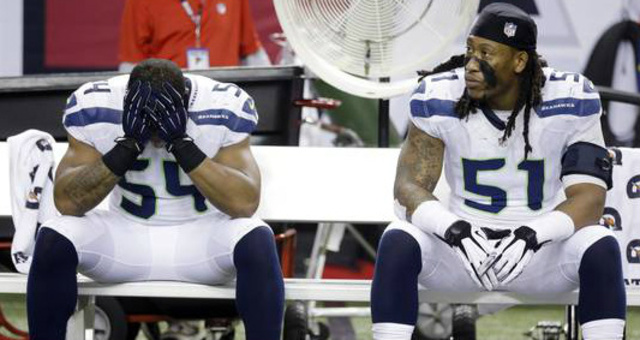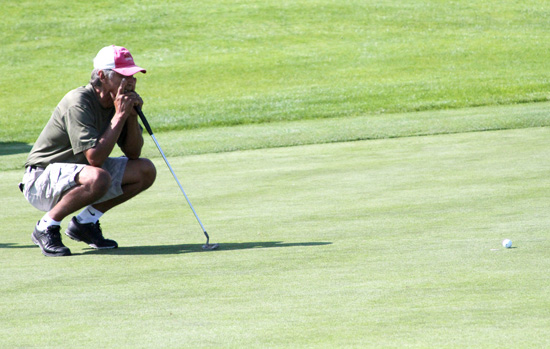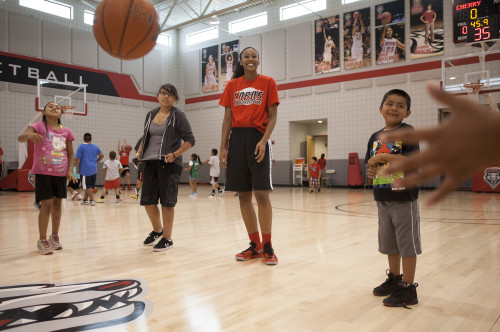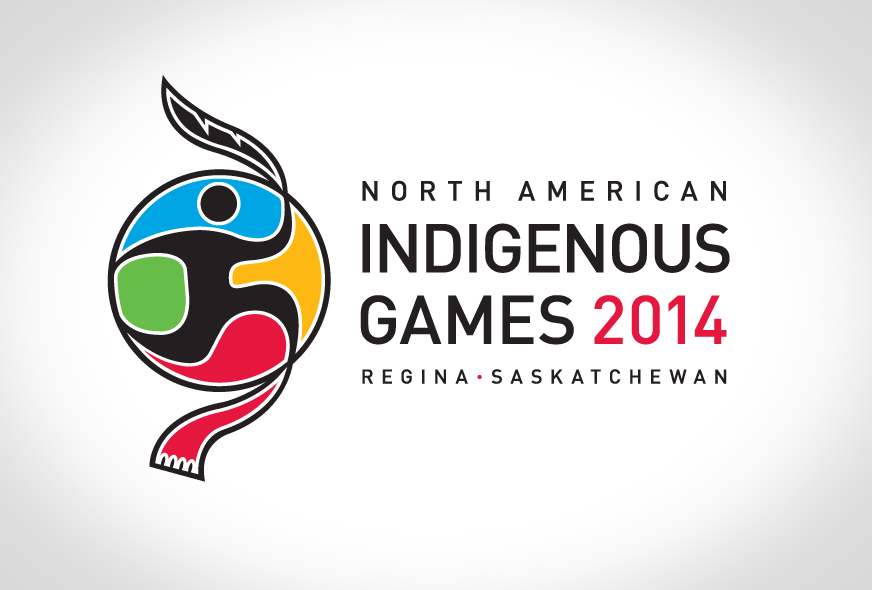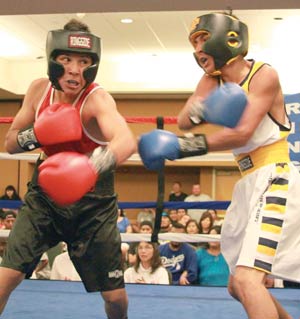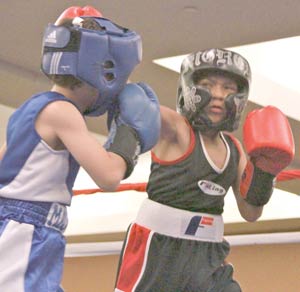Cristina Olds, Indian Country Today Media Network
A couple of innovative young artists are melding the ancient tradition of formline drawing with the hip canvas of skateboard decks. “The demand for Native art skateboards was made very clear by the popularity of my early hand-painted decks,” Rico Lanáat’ Worl (Tlingit/Athabascan) of Trickster Company said in a recent interview.
Worl painted decks for himself and his family first, but soon saw the need for an affordable line of manufactured boards sporting his digitized designs. He also paints custom artboards, and says his clientele are split fairly evenly between skaters who actually ride the boards and collectors who hang them on their walls.
“I started painting on decks just for fun, just for myself,” Worl said. “It continues to be my canvas of choice while I study the old masters and the new masters of formline design, in the rich history of Tlingit and Athabascan art.” Flowing two dimensional formline designs featuring northwestern coastal sea creatures and other symbols have adorned totem poles and house posts for thousands of years.

The clan crest of Worl’s family is the sockeye salmon, which he recreated on his first deck. “We only manufacture designs if our relatives give us permission,” he explained, and the Tlingit culture property includes land, names, songs, stories, crests and more. To respect the clan protocol, Worl focuses on general designs including the eagle and the raven, or abstracts.
“My formline style takes after the Northern Tlingit style which varies as you go from Yakutat to Washington and across tribes, and the style is more bold, with heavier lines and is slightly blockier.” He especially loves the complexity of box designs, as well as the Chilkat weaving influences.

Artist Ronnie Fairbanks also designs skateboards for Trickster Company (tricksterskateboards.com) when not teaching Native art carving in Craig, Alaska. “My style is a cross between Tlingit and Tsimshian styles, since I was taught by Tsimshian carver Eli Milton,” Fairbanks said. When designing skateboards, he strives for balance over the entire area. “I have spent a lot of time drawing formline and I always try to think of unique ways to fill the space.”
Worl is the arts director at Sealaska Heritage Institute in Juneau, Alaska, and is currently visiting the Santa Fe Indian Market with a collection of archival art from SHI to promote the development of a northwest costal arts market.
Trickster Company issued a limited edition rocker snowboard deck last winter and plans to release another this year in collaboration with Chugach Flyer Snowboards who produce the manufactured boards.



Read more at http://indiancountrytodaymedianetwork.com/2013/08/16/ravens-decks-art-trickster-skateboards-150919








